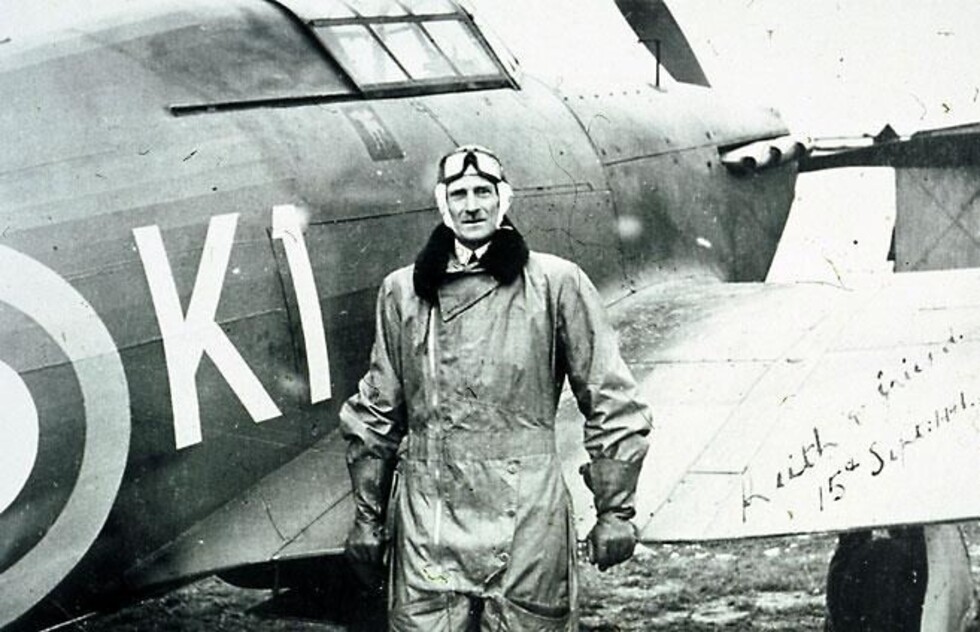Introduction
Keith Rodney Park was born in Thames, New Zealand on June 15th 1892, the son of Scotsman Professor James Livingstone Park and his wife Francis. He went to Great Britain to serve in the army as a gunner during the 1914 18 war. In 1917, he applied for a pilot's position in the new Royal Flying Corps. This was accepted and he finished the war still with the 'Corps' and at the birth of the Royal Air Force he received a permanent position. Between the wars, Keith Park passed through the RAF Staff College, became air attache in Buenos Aires, and was a Commanding Officer at one of
Britain's peacetime fighter stations.
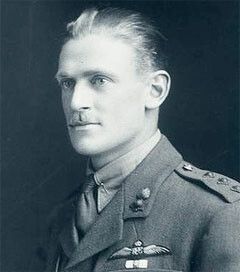
At the beginning of the second war, Keith Park was the Commander in Chief of 11 Group, the most important Group in Fighter Command, as it was this group that was not only to protect the southern coastline of Britain and South East England from enemy attack, but was to protect London which it was obvious that at some stage during the war would be the prime target of the Luftwaffe. During the evacuation of troops from Dunkirk that Keith Park organized the air protection, shuttling his fighters back and forth across the English Channel and intercepting the Luftwaffe before they could attack the British troops on the beaches. He stayed with the RAF until the end of the war commanding squadrons in Egypt in 1941, Malta in 1942 and in South East Asia in 1944-45. After the war, Keith Park returned to his native New Zealand where he stayed until his death in Auckland in 1975.
The early years
Park's father, Professor James Livingstone Park was a Scottish-born geologist, director of schools of mines, university professor, explorer, and writer, who was active in New Zealand. He was director of the Thames School of Mines for seven years, and went on to become the dean of the mining faculty at the University of Otago for 18 years. On 24th May, 1880, he married Frances Olive Rogers. They would have ten children, seven daughters and three sons, one of whom was Keith Park.
Park was educated at King's College, Auckland and Otago Boys' High School, Dunedin. At the age of 19 he joined the Union Steam Ship Company as a cadet purser – earning the nickname ‘Skipper’ among friends and family.
Early in the First World War Park enlisted in the New Zealand Expeditionary Force (NZEF); he sailed to Egypt in January 1915. He landed at Gallipoli on 25 April and served with a New Zealand howitzer battery until July, when he was promoted to second lieutenant. He commanded an artillery battery during the August 1915 attack on Suvla Bay and endured more months of squalor in the trenches. At this time Park took the unusual decision to transfer from the New Zealand Army to the British Army, joining the Royal Horse and Field Artillery. The battle had left its mark on him both physically and mentally, though later on in life he would remember it with nostalgia. He particularly admired the ANZAC commander, Sir William Birdwood, whose leadership style and attention to detail would be a model for Park in his later career.
Following it's evacuation to Egypt in January 1916, Park's battery was shipped to France to take part in the Battle of the Somme. Here he learned the value of aerial reconnaissance, noting the manner in which German aircraft were able to spot Allied artillery for counter-fire and getting an early taste of flight by being taken aloft to check his battery's camouflage. On 21 October 1916, Park was blown off his horse by a German shell. Wounded, he was sent to England to recuperate and, after being informed he was unfit for active army service, gained a transfer to the Royal Flying Corps (RFC) in December 1916.
Park was taught to fly at Netheravon on Salisbury Plain. After a three-month spell as an instructor he was sent back to France in July 1917. For the remainder of the war he flew two-seater Bristol Fighters with No. 48 Squadron, which he commanded from April 1918. According to Park’s biographer, Vincent Orange, by the end of the war between them Park and his various observers had ‘certainly destroyed eleven enemy aircraft and damaged at least thirteen others to a greater or lesser degree.’ Park earned two Military Crosses, a Distinguished Flying Cross and a Croix de
Guerre in the process.

Interwar years and command of 11 Group
During the interwar years Park held various command and staff postings in the United Kingdom and overseas, including service as air aide-de-camp to King George VI in 1937. In July 1938 he was promoted to air commodore and appointed deputy to Air Chief Marshal Sir Hugh Dowding at RAF Fighter Command headquarters near London. Together with Dowding, Park developed a comprehensive air defence system involving the use of high-speed, heavily armed fighter aircraft (Hawker Hurricanes and Supermarine Spitfires) in combination with new radio and radar equipment. This daunting task was made even more difficult by peacetime restrictions on training.
Promoted to air vice-marshal in April 1940, Park was given command of No. 11 Group, responsible for the defence of London and south-east England. His first operational test was to cover the evacuation of the British Expeditionary Force from Dunkirk. In July 1940 the Luftwaffe (German air force) turned its attention to crushing the RAF as a precursor to the invasion of Great Britain. Park’s No. 11 Group bore the brunt of this assault. During the Luftwaffe's daylight raids between July and September, he developed a reputation as a ‘hands-on’ leader, often flying his personal Hurricane, designated OK-1, to embattled airfields to inspire his hard-pressed pilots.

Among the many air battles fought over Britain, Park personally commanded RAF forces on several important dates: 13 August (Adlertag), 18 August (The Hardest Day) and the 15 September (Battle of Britain Day).
Unable to neutralise No. 11 Group, the Luftwaffe began bombing London in September. During a series of massive raids on the capital, Park’s skilful handling of limited resources ensured that the RAF was able to continue resisting the German offensive. By October 1940 Hitler had postponed the invasion of Great Britain and the German air offensive switched to night-time raids on London and other British cities.
Controversy
It was at this point that Dowding and Park became embroiled in controversy over their handling of the battle. Some senior RAF officers believed their tactics were too cautious. The most vocal critic was Air Vice-Marshal Trafford Leigh-Mallory, commander of No. 12 Group. Leigh-Mallory believed that large-scale formations of three to five squadrons - dubbed ‘Big Wings’ - would disrupt enemy raids more effectively than Park’s one- to two-squadron approach was doing. Although Park’s tactics have since been vindicated, the Big Wing approach won out at the time and Park was replaced by Leigh-Mallory as commander of No. 11 Group in December 1940. After a period in command of a training group, he was sent to Egypt before becoming RAF commander on the strategically important island of Malta in July 1942. Dowding, was sent on a posting with the British Air Mission to the United States.
Re-analysis of Dowding and Park's tactics shows that they were pivotal in winning the battle. Indeed having used 'Big Wings' as a pretext for removing the two men who had won the Battle of Britain', they were quietly dropped later after being found ineffective as a defensive tactic. Park remained indignant, however, over his and Dowding's treatment for the rest of his life.
Egypt, Malta and the far East
After being sent to Egypt in January 1942, Park, assumed the role of Air Officer Commanding, where he built up the air defence of the Nile Delta. In July 1942, following growing concern over the German and Italian attacks on Malta, he returned to action, commanding the vital air defence of the island. Using tactics he had employed during the Battle of Britain, Park’s forces successfully repelled repeated German and Italian air attacks before mounting a decisive offensive against Axis shipping in the Mediterranean. From there his squadrons participated in the North African and Sicilian campaigns.
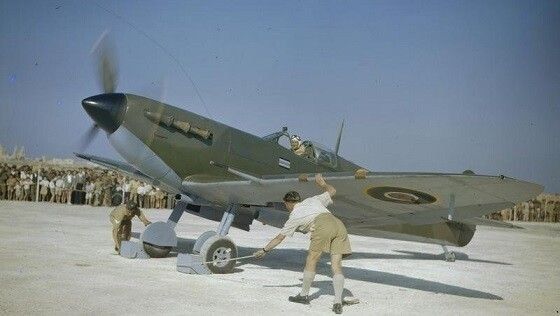
Knighted in 1942 for his role in the defence of Malta, Park was promoted to air marshal and appointed commander-in-chief of British air forces in the Middle East in January 1944.
In February 1945 Park assumed command of the Allied air forces in South-East Asia Command, which performed a vital support role, including supplying stores from the air on a previously unprecedented scale, to the British 14th Army advancing through the jungles of Burma. He served in this role until the end of the war. On leaving the Royal Air Force on 20th December 1946 at the rank of Air Chief Marshal, Park personally selected a Supermarine Spitfire to be donated to the Auckland War Memorial Museum, New Zealand. This aircraft is still on display today along with his service decorations and uniform.
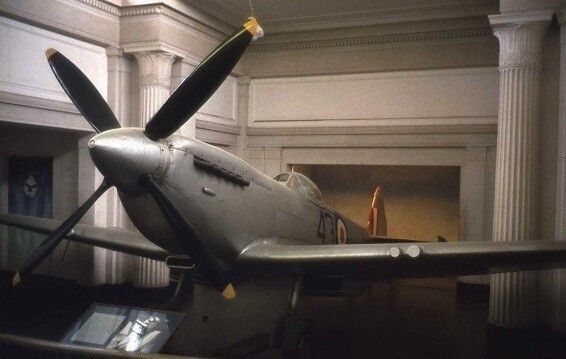
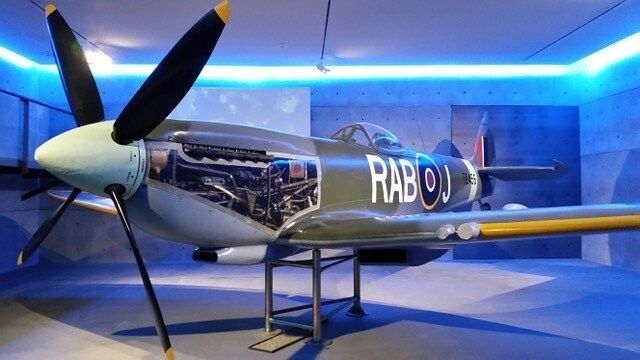
Later years
After retiring from the RAF, Park, moved back to Auckland. He worked in the civil aviation industry until 1960. During the 1950s he became chairman of the Auckland International Airport Committee, encouraging a reluctant government to purchase land at Mangere for an international airport which was eventually completed in 1966. He devoted much of his time to his charitable interests. He was chairman of the Board of Trustess of The Royal Foundation for the Blind in 1956 and 1957. He also worked extensively with the Epilepsy Association, an organisation he worked with up until his death. Park was also active in local government, serving three terms as an Auckland city councillor from 1962. During his time on council he worked with Sir Dove Myer Robinson, Mayor of Auckland, to oppose the drainage board decision to pump untreated sewerage into the Waitemata Harbour. This lead to the building of the sewerage treatment plant on the Manukau Harbour.
Air Chief Marshal Sir Keith Park GCB, KBE, MC & Bar, DFC, DCL, CdeG, died in Auckland on 6 February 1975, aged 82. A section of the Auckland Museum of Transport and Technology (MOTAT) is named in his honour, as is Sir Keith Park School – a special needs centre in Māngere, Auckland. A statue of Park was unveiled in Waterloo Place, London on 15 September 2010, the 70th anniversary of the Battle of Britain. The same year the Thames Airfield was named the Sir Keith Park Memorial Airfield.

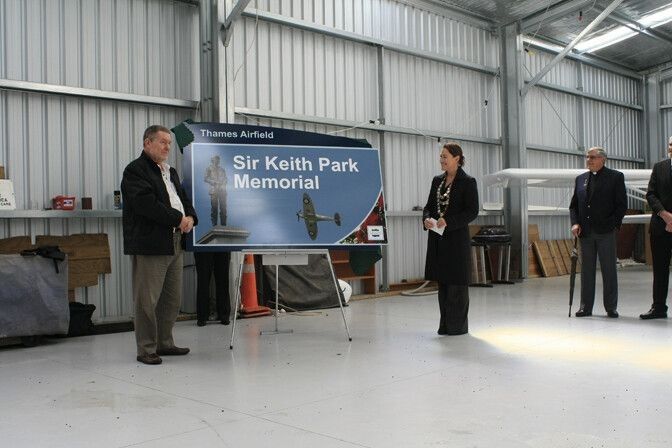
References
- 'Keith Park', URL: https://nzhistory.govt.nz/people/sir-keith-park, (Ministry for Culture and Heritage), updated 8-Nov-2017
- Air Chief Marshal Sir Keith Park." Air of Authority – A History of RAF Organisation. Retrieved: 26th May 2020
- Orange, V. A biography of Air Chief Marshal Sir Keith Park. London, 1984
